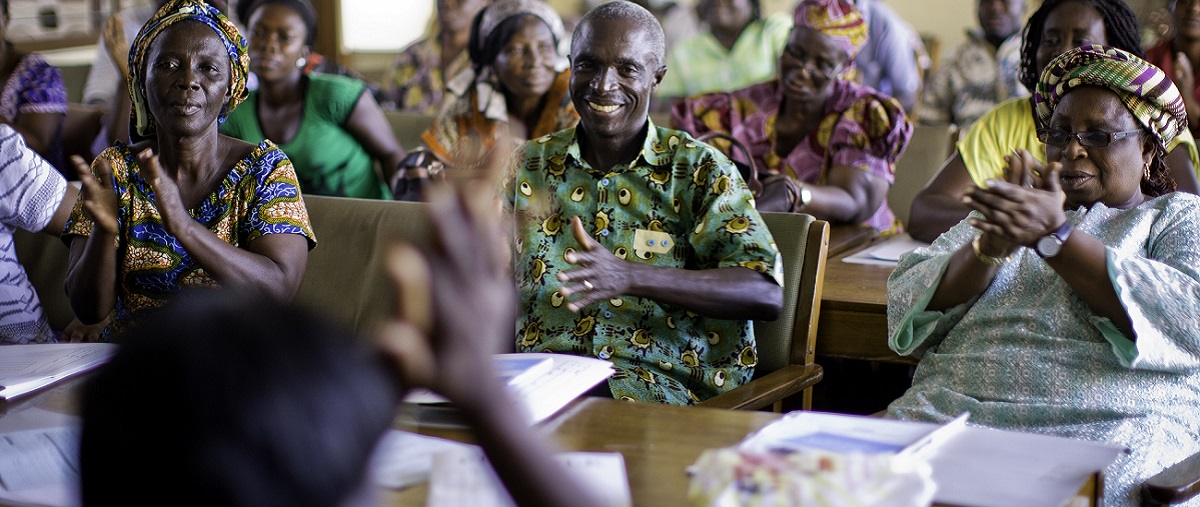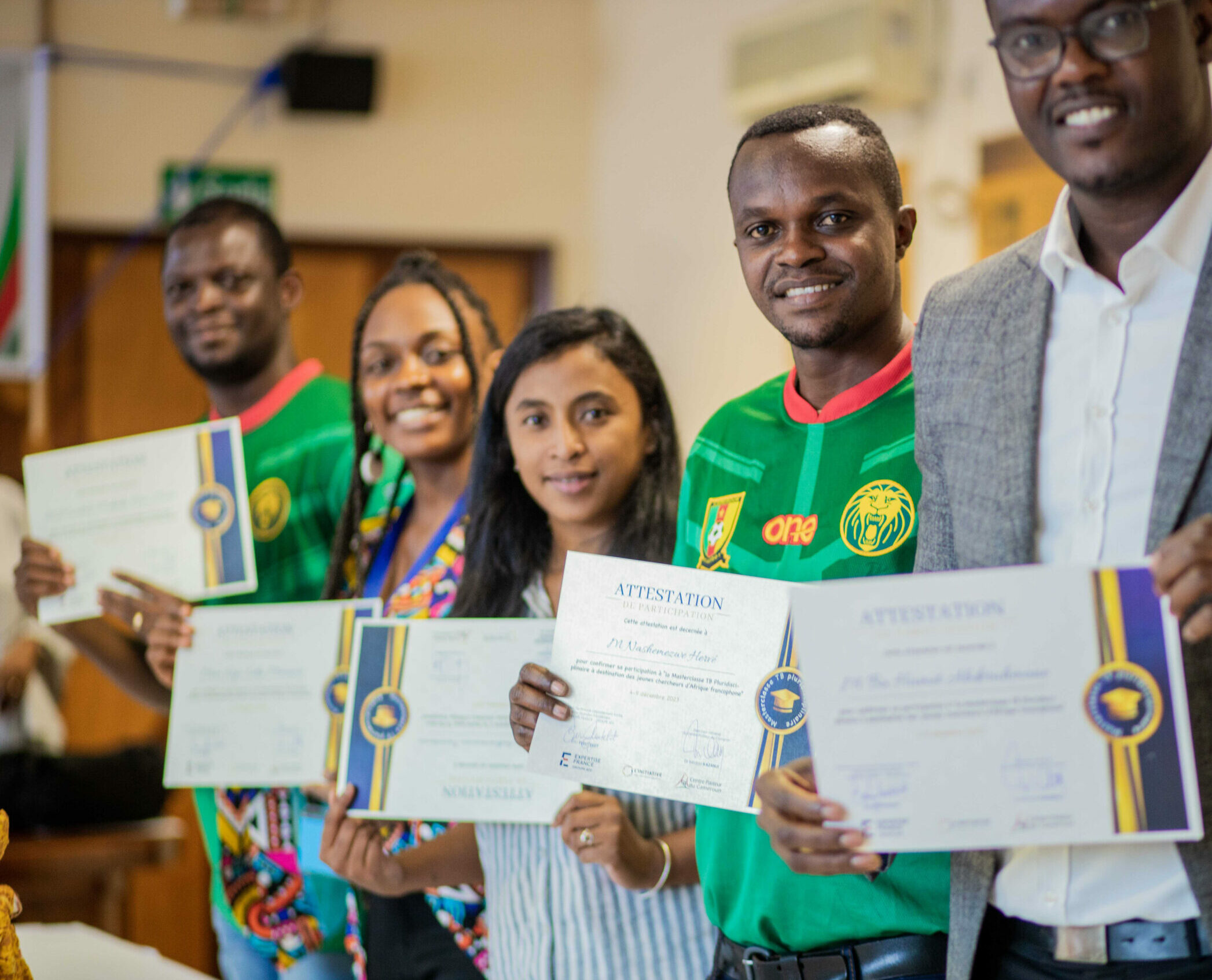Fighting against child mortality due to tuberculosis
Diagnosis and treatment: two key issues
Every year, about 10 million people contract tuberculosis, and 1.7 million die of it, according to WHO estimates. In 2016, only 6.3 million cases were detected and correctly registered in national and supranational monitoring systems. Considerable efforts are still required to make treatment and medical and social services available to all those affected by tuberculosis to eradicate the pandemic by 2035.
Testing a new pediatric diagnosis protocol
The operational research project TB-Speed aims to reduce infant mortality rates due to tuberculosis by strengthening national programs and evaluating innovative diagnostic methods.
Implemented by an international consortium coordinated by the University of Bordeaux and co-funded by Unitaid, the TB-Speed project works in six countries with high infection rates: Côte d’Ivoire, Cameroon, Cambodia, Mozambique, Uganda, and Zambia. It seeks to evaluate the impact of systematic early detection on morbidity and mortality rates in children with severe pneumonia. Majority funding comes from Unitaid. The 5% Initiative is co-funding the TB-Speed Pneumonia component being carried out in Cambodia, Cameroon, Côte d’Ivoire, and Mozambique.

An innovative diagnosis technique
Based on WHO standards, the study will be carried out on 3,800 children in 15 partner hospitals using portable equipment for aspirational nasopharyngeal sampling and the GeneXpert Edge platform. This compact battery-powered platform will make it possible to use the Xpert MTB/RIF Ultra molecular tuberculosis diagnosis test on stool and nasopharyngeal samples, easier to perform than the usual sampling methods.
The project’s first year was dedicated to writing a research protocol and ensuring its validation by ethics committees, including WHO, as well as to recruiting and training field teams. The study was officially launched in early 2019.










